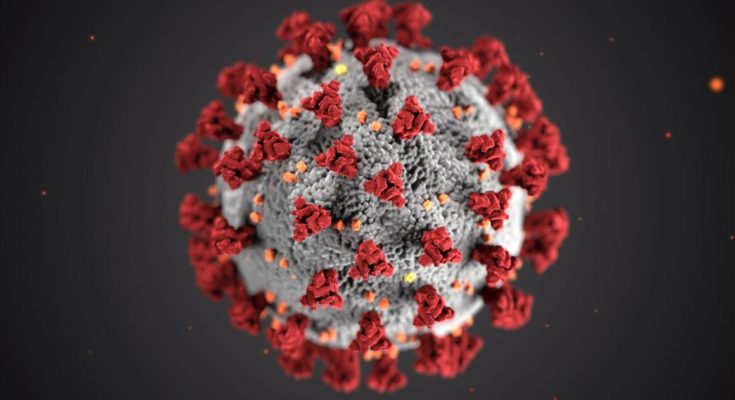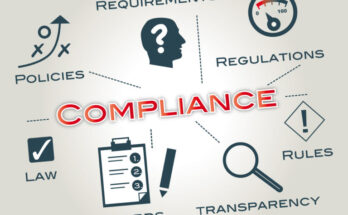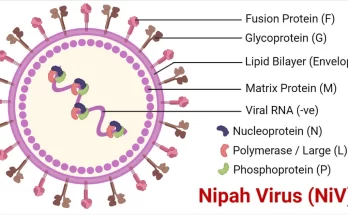With the entire country and more two third of rest of the world is under lock down we are facing the biggest health crisis of the century. As of today the total death count reported from around the world have gone up passing 67000 while the total confirmed Covid-19 cases have gone up to 1.2 million worldwide.
The virus and the disease
First detected in the city of Wuhan in China scientists found this virus as a novel type of the corona virus family and named it temporarily as Novel Corona virus. But later the WHO named the virus as SARS-CoV-2 and the disease caused by this virus was named as COVID-19. SARS-CoV-2 is an RNA virus hence it contains a piece of RNA as its’ genetic material.
Name of the virus – SARS-CoV-2
Disease – COVID19
WHO
Identifying COVID-19
As of now the test used to identify COVID-19 in Sri Lanka is a commercially produced RT-PCR test approved by the Centers for Disease Control (CDC) in USA. This test is called “Centers for Disease Control and Prevention (CDC) 2019-Novel Coronavirus (2019-nCoV) Real-Time Reverse Transcriptase (rRT)-PCR Diagnostic Panel”. Apart from this few other commercially-produced tests or laboratory-developed tests (LDTs) may also be used.
What is an RT-PCR test?
Since this SARS-CoV-2 is an RNA virus it contains an RNA strand a direct PCR test cant be used to identify this virus. So this RNA strand is first turned in to a DNA strand by an enzyme called Reverse Transcriptase. Then this newly synthesized DNA strands or the Copy DNA (cDNA) are subjected to a PCR reaction using probes that are specific to the SARS-CoV-2 genome. rRt-PCR(Real-Time Reverse Transcriptase Polymerase Chain Reaction) is an advanced type of RT-PCR test where the DNA amplification is actively monitored during the reaction process.

This test is a fast, convenient and quite sensitive test, normally a reaction can be run in a short 1–2 hours, on samples that contain potentially very small amounts of RNA. However, because of the speed and sensitivity, there is potential for error if the test is not run in a highly clean and controlled environment with carefully produced reagents. So, rRT-PCR must be run in a lab that meets certain guidelines, including maintaining an environment that is free from extraneous nucleic acid contamination.
Sample Collection

For initial diagnostic testing for COVID-19, CDC recommends collecting and testing an upper respiratory specimen. Nasopharyngeal specimen is the preferred choice for swab-based SARS-CoV-2 testing. Nasopharyngeal swab samples should be taken and collected by medical professionals in a hospital, or in some cases, at a drive-up collection site.
Transporting Samples
No matter how dangerous these viruses are they get destroyed very easily under certain environmental conditions. So transporting these nasophyrangeal samples should be done very carefully. A special transport medium is used to transport these nasophyrangeal swabs to the laboratories.
Inside the lab
An RT-PCR test is a very sensitive test in which a very little amount of RNA is enough for a positive result. So the laboratory conducting RT-PCR tests must meet certain regulatory requirements, and be operated under the strictest standards, including being free of extraneous nucleic acids, both DNA and RNA. The reagents used in the test kits must also be free from contaminating nucleic acids. In addition, testing must be performed by specially-trained personnel. Testing is only done by laboratories that can maintain these strict standards of training and cleanliness.
Instrumentation
RT-PCR tests are run in special instruments which enables laboratories to run multiple samples at a time safely and quickly. Examples are Applied Biosystems 7500 Fast DX Real-Time PCR Instrument and Qiagens Rotorgene Q.

WHO says Test, Test, Test and Test
On March 16th World Health Organisation head Tedros Adhanom Ghebreyesus said there had not been an urgent enough escalation in testing, isolation and contact tracing, which should be the “backbone” of the global response. In his speech he emphasized the only way to curb the spread of this disease is Test, Test, Test and Test. He asked countries to test every possible suspected case and identify the positive cases so that isolation and contact tracing become much more easier.
But, for a county like Sri Lanka this is a big challenge as we are yet to acquire necessary physical and human resources to run such a large number of RT PCR tests.
Sources –
Testing for COVID-19: How it Works by Promega Connections web




